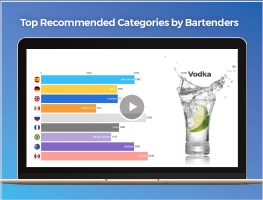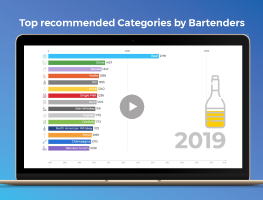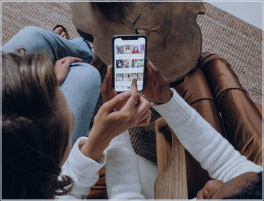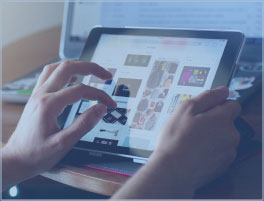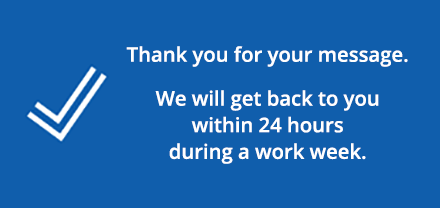Social media influencer marketing may be all you hear about these days, but influencing a consumer’s purchase didn’t start online. In fact, there are armies of point-of-purchase influencers out there who are being sought out by and making recommendations to consumers every day. And they’ve been doing so since the first brick was placed in mortar to build that store where goods are sold. Influencers can be found behind the bars of neighborhood pubs, at the garage where you get your oil changed or wherever you buy pet food. The common tie among influencers in these categories and others is that they are the perceived expert at the point of purchase. They are there to offer product or brand details to a consumer so the consumer can make a more informed choice, make a direct product or brand recommendation or validate a consumer’s product or brand purchasing decision. Influencers strive to be as educated about the brands they recommend as possible so they can make the best recommendation possible. For many, the right recommendation results in repurchase and referral. A US bartender makes over 1,100 tequila brand recommendations to consumers per year, and nearly two in three of those recommendations convert into a sale. Seven in ten consumers purchase the appliance that is recommended by an influencer. Pharmacists spend one hour on average per day speaking to consumers about over-the-counter brands, which often results in making a recommendation. Across any category, a point-of-purchase influencer meets four main criteria. He/she: One of the biggest mistakes brands make when building an insights program is neglecting these powerful point-of-purchase influencers – like the nearly 800,000 bartenders interacting with roughly 670 customers a week recommending which brand to drink. Or the 9 in 10 pharmacists making a recommendation for an over-the-counter medication during their shift. Not knowing how your brand performs with respect to image and level of recommendation (a measure of affinity) is a missed opportunity for brands. You can research the consumer as much as you want, but influencers at the point of purchase are swaying consumers’ purchase decisions every day. When it comes to point-of-purchase influence, not all influencer recommendations are created equal. Across all categories, there are 5 different degrees of recommendation impact based on the relative importance consumers place upon the product being purchased. A recommendation from a bartender on which brand of vodka to order in a cocktail is not quite as impactful as a recommendation from a pharmacist on which brand of pain relief to purchase for a sick child at home. Here are the 5 types of recommendations ranked from least to most impactful: At the end of the day, consumers seek out recommendations to minimize the risk of buying the wrong thing. In addition to the cost, complexity and efficacy concerns people have around a purchase, they are inundated with brand advertising through TV, Radio, Print and even more so digitally via search results, websites, banner ads and more. Messaging around product features, benefits and imagery create information overload that makes it more confusing and difficult for consumers to feel they have made the right decision. Influencers provide guidance and comfort in helping consumers navigate the advertising noise. It’s on brands to not only understand the role of these critical ambassadors, but to also make plans to best leverage communications and relationships that help build affinity for their brand. Because, just as important as a recommendation validating a consumer’s pre-determined brand choice can be, these influencers can also switch that choice to a competitive brand. We’ll tackle this and more in Part II of this point-of-purchase influencer marketing series, so stay tuned!Who are offline influencers and where do you find them?
Get to know the 5 degrees of point-of-purchase influence
The relationship between influencers and consumers
Become the top brand recommended to your consumers with a point-of-purchase influencer study. Learn more here!
The Original Influencers: Influencers at the point-of-purchase


